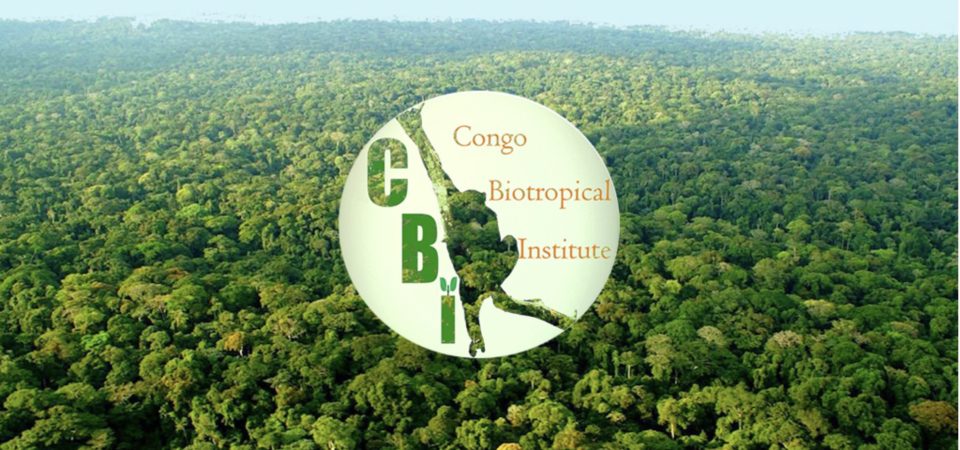Historically, the question of how conflicts between wildlife and farmers can be resolved has never had appropriate answers concerning conflicts of cohabitation between wildlife and farmers living in conservation areas.
While wildlife conservationists in protected areas seem to be leaning towards the hard way to impose themselves, farmers (local riparian communities) – with cultivated fields around protected areas – complain about the overflow of wild animals that often come to feed in their fields.
This situation has always been divisive, creating a tug-of-war between local/indigenous peoples and protected area managers. And yet, more or less acceptable solutions can be proposed and explored so that peaceful cohabitation between wildlife and humans can be restored or at least attempted.
Indeed, during certain periods of the year, we can witness a decrease in fruits and other food products in the forest. To feed, animals are often forced to forage in the fields of local people around the conservation areas. This has always created conflicts, including trapping by local people in and around their fields, each claiming that the crop fields are their private property since they are located outside the conservation zones.
While these people have always been on the side of the law when it comes to such a situation, adequate solutions, or at least palliatives, must be found and proposed. This is why, after having carried out trials for more or less two years with the association Congo Biotropical Institute, a solution, which has borne fruit, is proposed here:
To alleviate the problem of the overflow of wild animals towards the fields of the riparian communities, the Congo Biotropical Institute develops, inside the forest natural reserve of Kalonge, spaces where it plants fruit trees, banana trees, potatoes, and cereals intended to feed the wild animals in the reserve.
The goal is to make available and accessible field products within the reserve and thus prevent wild animals from going to the fields of the local population to find their food.
This can be achieved by adjusting the planting season so that flowering and/or fruiting coincide with the shortage of fruits and other grains in the forest/conservation area. This could greatly reduce encroachment and damage to riparian fields by wildlife.
Although this technique has been tested in a small forest reserve (Kalonge), it can be adapted to a very large forest area by increasing the number of “wilderness areas”. These are areas within the forest reserve where we planted fruit trees, cereals, and other crops to be eaten by wild animals during the shortage period within a protected area.
These “wilderness areas” would keep wild animals within the conservation zones, thus limiting the damage to the crops of people living near the protected areas.
This is a solution that should be explored by all organizations and/or agencies involved in the protection and conservation of wild biodiversity in protected areas.
Dalley-Divin Kambale Saa-Sita is passionate about nature conservation, an area in which he has been involved for several years. He’s a biology/ecology graduate from the University of Kinshasa, where he is a primatologist researcher specializing in great apes (Gorilla beringei graueri ) and community conservation, including forestry and the management of natural resources. After his university studies, Dalley started working in nature conservation with a particular emphasis on community conservation of wild biodiversity including endangered species. With the association Paradis des Primates and the Congo Biotropical Institute, Dalley intervened in the sensitization of local communities on community conservation and sustainable management of natural resources and the establishment of Forest Concessions for local communities. This also includes proposing solutions to reduce human-wildlife conflicts and alternative projects to forest products. His current objective is to set up a Community Conservation Consortium in Congo to enable coordinated community actions in favor of local communities and wildlife.
The Congo Biotropical Institute is an organization dedicated to the protection and conservation of wild biodiversity with a focus on community conservation. It does so by involving local communities in the process of wild biodiversity conservation, sustainable and rational use of natural/forest resources, and youth learning to prepare for a new generation committed to the process of nature protection.
The MAHB Blog is a venture of the Millennium Alliance for Humanity and the Biosphere. Questions should be directed to joan@mahbonline.org
The views and opinions expressed through the MAHB Website are those of the contributing authors and do not necessarily reflect an official position of the MAHB. The MAHB aims to share a range of perspectives and welcomes the discussions that they prompt.

